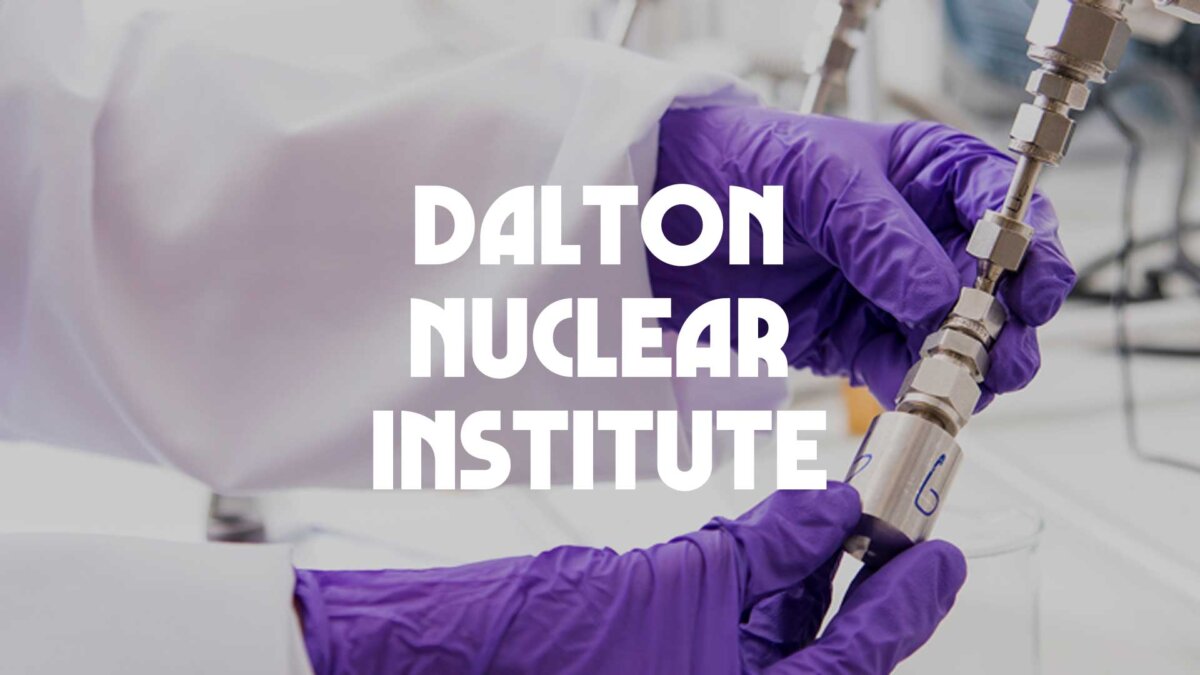Part 1 of 2 Parts
Nuclear power is a flexible energy source, producing electricity, hydrogen and heat with large-scale energy storage and not merely a source of baseload power. This means it can complement the variability of renewable energy sources without the need for back-up natural gas power plants according to a new report from the Dalton Nuclear Institute. Nuclear could be a flexible source in fossil-free energy systems, the report says.
The report is titled The road to net zero. It promotes the idea of renewables and nuclear working together and says that such a change could help the U.K. to achieve its goal of a net-zero power and energy system by 2050. It can create more jobs and lower the projected costs by up to seventeen billion nine hundred million dollars.
Zara Hodgson is the Director of the Dalton Nuclear Institute at the University of Manchester. The Dalton Nuclear Institute is the umbrella organization for nuclear activity at Manchester, spanning three faculties to co-ordinate the most advanced nuclear research capability in UK academia.
Hodgson says in the forward to the report, “The U.K. has been highly successful in driving forward the expansion of renewable energy to displace fossil fuel burning power plants … yet, wind and solar are inherently variable … the installation of backup natural gas burning power plants and energy storage technologies has so far been the proposed solution to the UK’s changeable island weather, despite drawbacks of high-cost electricity, wasted energy and continued CO2 emissions.”
She continues, “So we have asked ourselves if the U.K. should look again at how nuclear electricity and nuclear heat could accelerate the renewable energy technology led transition to net-zero, and also underpin UK leadership in addressing climate change.”
The potential fossil-free energy future scenario “to spark further discussion” is for generation of more than eight hundred and forty terawatts total supply. Three-quarters is supplied by variable renewable energy, one tenth by nuclear plants and zero percent from fossil fuels. That would constitute roughly doubling the current overall supply and the current U.K. nuclear output.
In the report’s “Flexible Nuclear” scenario, nuclear energy primarily delivers heat to produce hydrogen and other fuels that are essential to decarbonize the U.K. Renewable energy sources would deliver the bulk of electricity generation. When renewable output drops, nuclear energy is then diverted to generate electricity for the grid. This avoids the need to have new natural gas-fired power plants designed only to be used to cover times of low renewables output.
Juan Matthews, William Bodel and Gregg Butler are the co-authors of the report. They say that in current official U.K. energy system modelling, nuclear power is seen as a baseload energy source. Natural gas generation will operate for “only a small percentage of the time”. The co-authors note that “seemingly cheap sources of electricity become expensive when their capacity factor is reduced”. They also mention the potential cost of having to curtail energy production at times of maximum generation from renewable sources.
Please read Part 2 next
Nuclear Reactors 1449 – The Dalton Nuclear Institute Issues A Report On the Future Of Nuclear Power In The U.S. – Part 1 of 2 Parts

